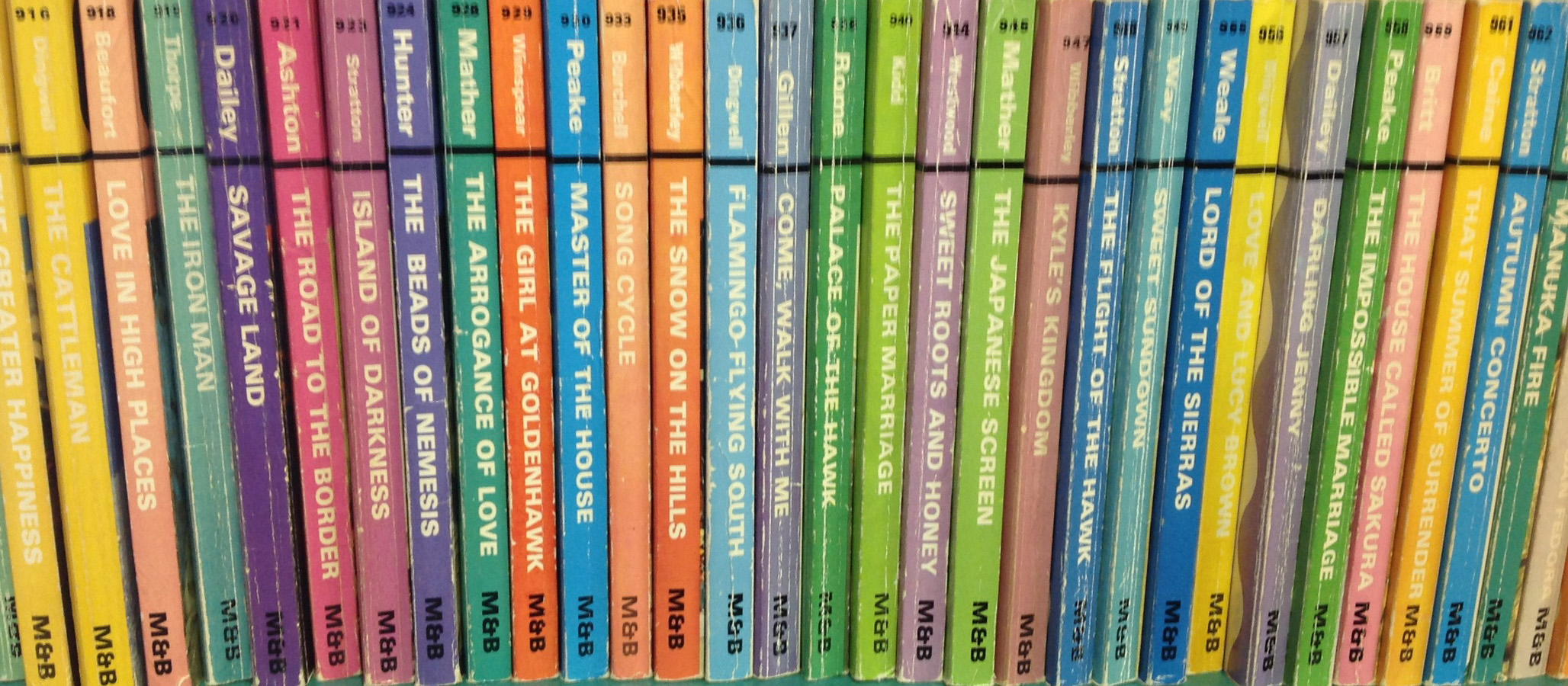Romance Vs. Realism: How Critical Battles over Postwar Teen Romance Novels Led to the Emergence of Canonical Young Adult Literature
Start Date
13-4-2018 3:00 PM
End Date
13-4-2018 4:00 PM
Proposal Type
Individual Presentation
Abstract
In 1942, Maureen Daly published Seventeenth Summer, the wellspring text for a new genre of American romance novels aimed at a freshly-minted teenage reading audience. Called the “junior novels,” this genre was comprised of romance novels—often series texts— that focused on a girl’s first love experience. Although they quickly became the main stock of emerging teen library sections, the scholarship surrounding them became a site of contention, polarized into two opposing—and gendered—camps: (female) librarians, and (male) academics housed in English and English Education departments.
This paper uses the lens of Pierre Bourdieu’s theories of cultural production to examine not the junior novels themselves, but their reception by critics—a reception based on early Cold War values regarding what constituted “good” literature for girl readers (and, as a corollary, what constituted “good girls”). Thus, although librarian critics valued these romance novels for their use in girls’ socialization, most post-secondary academic critics opposed them, placing value on their view of literary quality. This use versus quality dichotomy, moreover, masked an underlying—and gendered—struggle over defining “realism” as specifically antithetical to “romance.”
An examination of the junior novel critics’ scholarship thus demonstrates a hidden, historical battle regarding who had the right—and ability—to define what constituted “value” in literature for girls, and illustrates how American postwar teen romance novels led to the creation and sanctioning of canonical young adult literature.
Romance Vs. Realism: How Critical Battles over Postwar Teen Romance Novels Led to the Emergence of Canonical Young Adult Literature
In 1942, Maureen Daly published Seventeenth Summer, the wellspring text for a new genre of American romance novels aimed at a freshly-minted teenage reading audience. Called the “junior novels,” this genre was comprised of romance novels—often series texts— that focused on a girl’s first love experience. Although they quickly became the main stock of emerging teen library sections, the scholarship surrounding them became a site of contention, polarized into two opposing—and gendered—camps: (female) librarians, and (male) academics housed in English and English Education departments.
This paper uses the lens of Pierre Bourdieu’s theories of cultural production to examine not the junior novels themselves, but their reception by critics—a reception based on early Cold War values regarding what constituted “good” literature for girl readers (and, as a corollary, what constituted “good girls”). Thus, although librarian critics valued these romance novels for their use in girls’ socialization, most post-secondary academic critics opposed them, placing value on their view of literary quality. This use versus quality dichotomy, moreover, masked an underlying—and gendered—struggle over defining “realism” as specifically antithetical to “romance.”
An examination of the junior novel critics’ scholarship thus demonstrates a hidden, historical battle regarding who had the right—and ability—to define what constituted “value” in literature for girls, and illustrates how American postwar teen romance novels led to the creation and sanctioning of canonical young adult literature.


